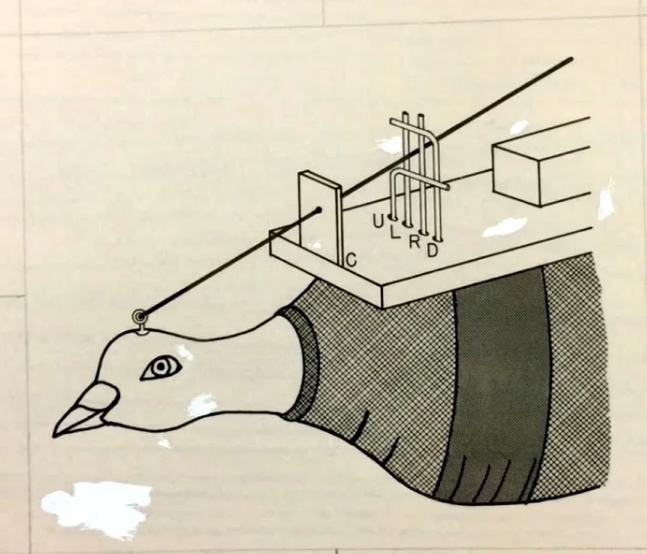The ‘IG Nobel’ is awarded annually before the actual Nobel Prize is given for extraordinary research and discoveries. Last Thursday night, at a ceremony at the Massachusetts Institute of Technology (MIT), the 2024 IG Nobel winners were honored. This year’s list of winners includes a range of peculiar discoveries and research. Although it is known as a humorous or sarcastic counterpart to the Nobel Prize, the IG Nobel winners receive their awards from the hands of the actual Nobel winners at this event.
Laugh First, Think Later
In 1991, the concept of ‘laugh first, think later’ led to the creation of the IG Nobel Prize, which celebrates humorous and unconventional research, discoveries, and innovations in science. Although it is often viewed as a parody of the Nobel Prize, the IG Nobel recognizes genuine discoveries and inventions. This year’s theme was Murphy’s Principle, which states that anything that can go wrong will go wrong. At the event, six real Nobel Prize winners were announced, including 2019 Nobel Laureate in Economics, American economist Abhijit Banerjee, his wife, Nobel Laureate Esther Duflo, and 2023 Nobel Laureate in Chemistry, French scientist Mungi Bawendi.
Mammals Can Breathe Through the Anus
A team of researchers made a groundbreaking discovery in mammalian physiology: they found that mammals can breathe through their anus. After conducting a series of experiments on rats and pigs, these Japanese scientists observed oxygen absorption through the animals’ anuses. Clinical trials are underway to explore whether this method could treat respiratory failure. Takanori Takebe, a scientist at Cincinnati Children’s Hospital Medical Center in the United States, remarked, “It’s a mixed feeling.” He noted that such recognition is inspiring after making people laugh.
Older People Are More Common in Backward Areas
Professor Roman Khansari of Necker-Enfants Malades University Hospital in Paris, France, and his colleagues won the IG Nobel Prize in Anatomy for their global study on scalp hair vortices. They discovered that while most people’s hair spirals clockwise, the hair in the southern hemisphere spirals counterclockwise. Professor Khansari expressed his happiness, saying, “I was working when I received the phone call for the award. I am very happy.” Despite its seemingly irrelevant nature, this research may reveal fundamental patterns in nature.
Do Pigeons Control Missiles?

This year’s award for discovering the unique use of pigeons in missile guidance went to the late American psychologist B.F. Skinner. He explored the idea of using live pigeons inside missiles to guide them towards their targets. Skinner, who described his work as a ‘crackpot’ theory, trained a pigeon to map the coastline of New Jersey, USA, and found that the pigeon performed its tasks normally.
Do Trees Have Vision?
The IG Nobel Prize in Botany was awarded to Jacob White of the United States and Felipe Yamashita of Germany for their research on the South American plant Boquilla trifoliolata. This plant can mimic the appearance of plastic leaves placed around it, leading to discussions on whether plants possess vision.
But What Fake Medicine is More Effective?
A group of Swiss, German, and Belgian scientists received the IG Nobel in Medicine for their research on the effectiveness of counterfeit drugs. Their studies revealed that counterfeit drugs with side effects were more effective compared to genuine drugs.
Dead Trout Are Also Efficient Swimmers
James Liao of the University of Florida was awarded the IG Nobel in Physics for his extensive research on the swimming abilities of dead trout.
Research on TOS
Percy Diaconis, a professor of statistics at Stanford University and former magician, won the IG Nobel in Probability for his research involving the tossing of 350,757 coins. His work supported the hypothesis that a coin tossed from a greater height is more likely to land in a particular way.
Worms Also Get Drunk
Scientists from the Netherlands won the IG Nobel Prize in Chemistry for their technique to separate drunk and sober worms using chromatography in the field of polymer science.
Cow’s Milk Production: More or Less?
The late Fordyce Ely and William Petersen were posthumously awarded the IG Nobel in Biology for their 1940s research on cow milk production. They tested whether placing a cat on a cow’s back or making loud noises would affect milk flow. Their study concluded that startling cows with a paper bag was effective, although the cat was later deemed unnecessary.
How Much Is the IG Nobel Prize Worth?
Since 1991, the science fiction magazine Annals of Improbable Research (AIR) has hosted the IG Nobel Prize ceremony at MIT. Winners receive a single banknote of 100 trillion Zimbabwe dollars, worth approximately 40 US cents, along with a souvenir. Winners are also required to give a speech at the event.

